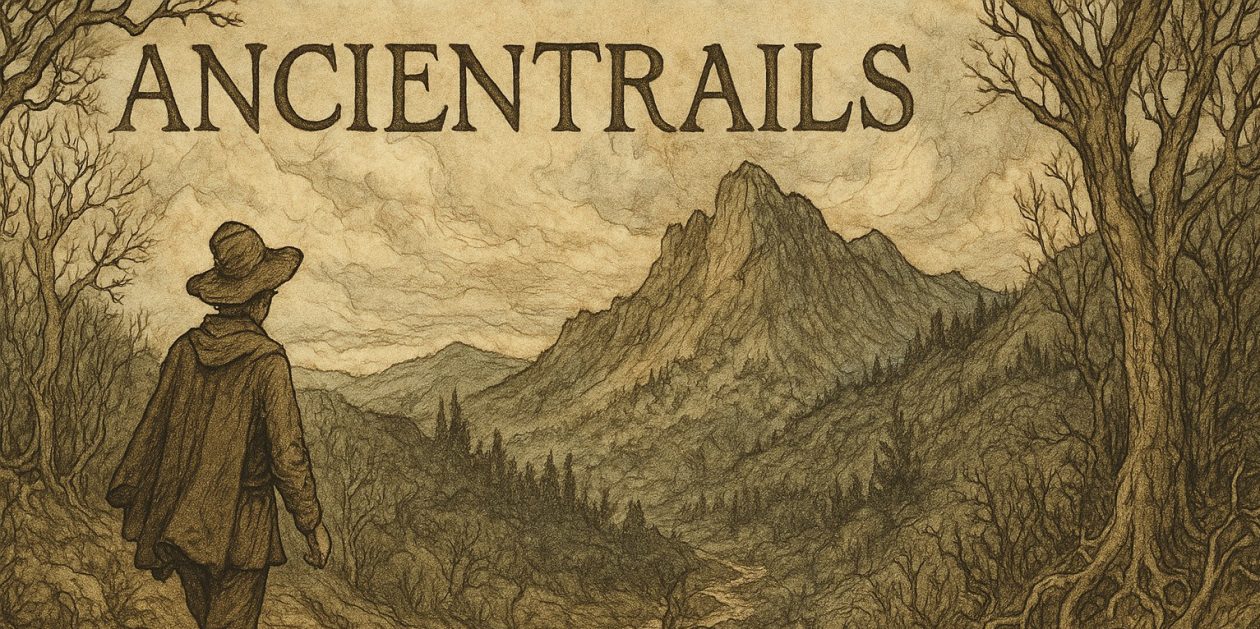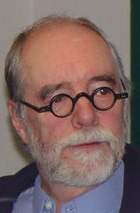Spring Planting Moon
Still thinking about the performance last night. The direct to the emotions connection with movement. And the book Where the Heart Beats: John Cage, Zen Buddhism, and the Inner Life of Artists. In this book the author discusses the dynamic interaction between Cage’s elevation of sound, all sound, to music or at least potentially musical and the thoughts of choreographer/dancer Merce Cunningham who saw movement, all movement, as dance, or at least potentially dance.
In particular Cage wanted to decouple music from dance so that dance did not interpret music and music did not happen as background for dance. This lead them to have concerts where music would happen, then dance, then music, then dance. And, the music might be banging pots, someone reading the New York Times want ads or the scrape of a chair on the floor while the dance might be walking, running, jumping, embracing.
Last night I followed the movement of salmon upstream as Emily and Aretha lay on the floor and made sinuous, flowing motions with their whole bodies. I cheered in my heart when they threw up their arms, cringed when they showed snarling faces and hoped when they shed their skins.
These links between their movement and my heart happened because my body felt their movements, all those mirror neurons firing, firing, firing sending me a message not from the dancers, but from my own body as stimulated by them. This is not intellectual processing at all. It’s kinesthetic. By embracing silence throughout the work except in very episodic short monologues Emily’s work created niicugni, her people’s (Yu’pik) word for Pay Attention, Listen.
This work had great coherence with the lighting provided by the fish-skin lanterns, created in the traditional Yu’pik manner. In a masterful lighting design the lanterns flickered, came on and off, featured this part of the stage or that through being hung at varying heights and lit separately.
Emily has topics in the first two elements of her trilogy that are close to my heart: home and the land. What is home? Where is home? Why is home? Can we have more than one home? Do we have more than one home? How much relationship does home have to the land?
Land. Mother earth or grandmother earth. That without which we do not survive. The womb from which we are born and the grave to which we return. How do we remember the land? Honor her lifegiving powers? What does it mean to be connected to the land?
These are essential question, never minor or subsidiary, but at the heart of each persons, each animals, each plants life and its living. It is a canard I know, but modern civilization does distance us from the idea of home and especially from the land itself. It is always there, supporting us, feeding us, connecting us but so often we assume it, ignore it, abuse it, poison it.
Emily’s work is important. Thanks Allison for introducing me to it.

